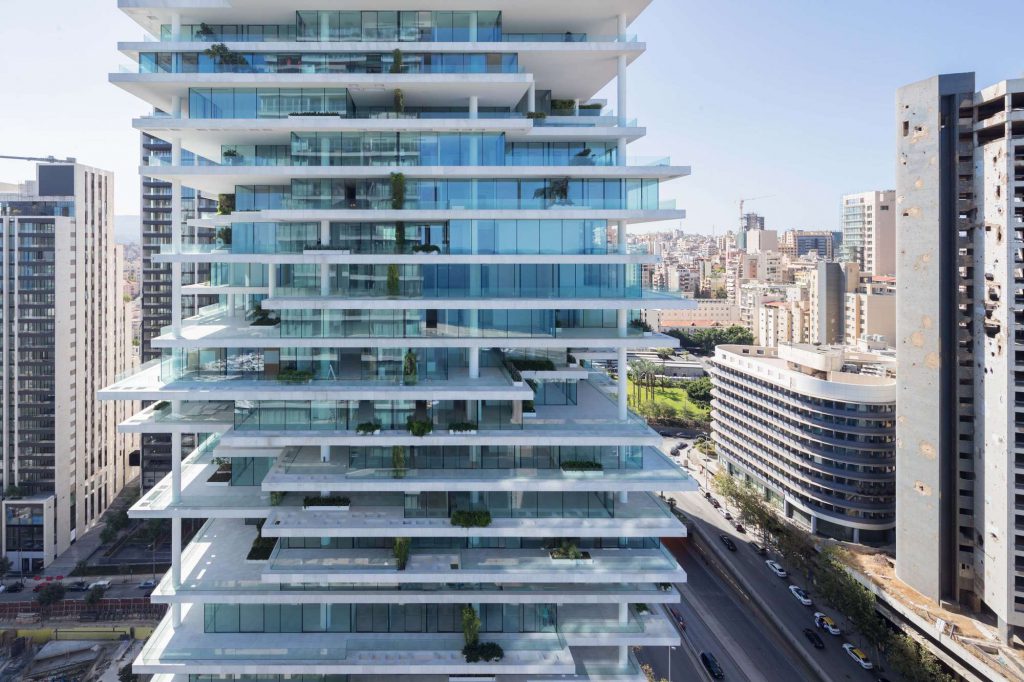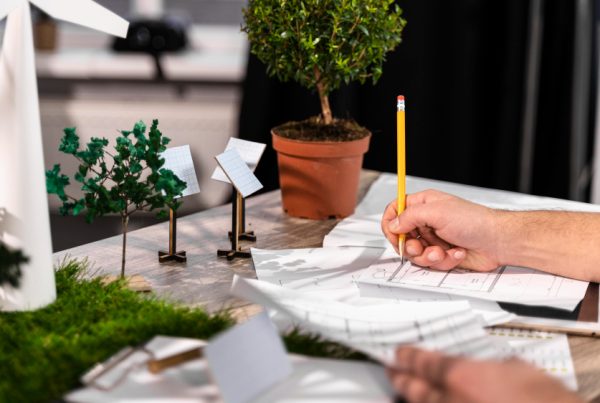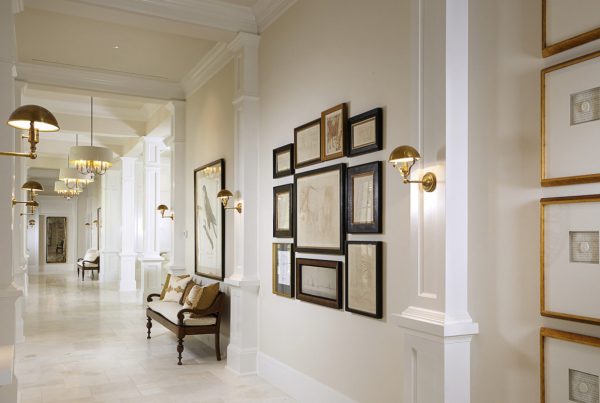Lebanon’s architectural landscape has witnessed a remarkable transformation in recent decades, marked by the rise of modern structures that redefine the country’s skyline. From sleek skyscrapers to avant-garde designs, Lebanon’s modern architecture reflects its aspirations for progress, economic growth, and urban development. This article explores some of the architectural marvels that have shaped the modern landscape of Lebanon, showcasing the country’s architectural prowess and its commitment to pushing the boundaries of design.
Iconic Towers:
Beirut, the capital city of Lebanon, is home to several iconic towers that have become synonymous with its skyline. One notable example is the “Le Gray” hotel, designed by renowned architect Kevin Dash and located in the vibrant central district of Beirut. Its modernist facade, glass curtain walls, and minimalist interiors make it a standout structure, blending seamlessly with the surrounding historical buildings. The “Le Vendôme Beirut” hotel, designed by Italian architect Gio Ponti, is another architectural gem that combines modernist principles with a touch of luxury and elegance.
Contemporary Cultural Centers:
Lebanon boasts a range of contemporary cultural centers that serve as architectural and artistic hubs, showcasing the country’s creative energy. The Beirut Exhibition Center, designed by Lebanese architect Bernard Khoury, stands out with its innovative use of materials and fluid design. It serves as a platform for local and international art exhibitions, reflecting Lebanon’s commitment to promoting cultural exchange. Another remarkable structure is the Sursock Museum, housed in a renovated 19th-century villa. The museum’s modern extension, designed by French architect Jean-Michel Wilmotte, seamlessly integrates with the historic building, creating a harmonious blend of old and new.
Green Architecture and Sustainability:
In response to the global demand for sustainable design, Lebanon has also embraced green architecture and sustainable practices. The Banque Libano-Française headquarters, located in Beirut, is a prime example of this commitment. The building incorporates sustainable features such as solar panels, rainwater harvesting systems, and energy-efficient technologies, while its unique façade of vertical gardens provides an eco-friendly and visually striking element. These initiatives reflect Lebanon’s efforts to prioritize environmental responsibility and incorporate sustainability into its modern architectural projects.
Mixed-Use Developments:
Lebanon has witnessed the emergence of mixed-use developments that integrate residential, commercial, and recreational spaces. One prominent example is the Zaitunay Bay waterfront project in Beirut, which transformed a neglected area into a vibrant destination featuring luxury apartments, upscale restaurants, and a marina. The design combines modern aesthetics with public accessibility, creating a lively atmosphere and enhancing the city’s urban fabric. These mixed-use developments contribute to the economic growth of the country while promoting community engagement and revitalizing urban spaces.
Innovative Engineering:
Lebanese architects and engineers have been at the forefront of innovative structural design, pushing the boundaries of engineering excellence. The Nijmeh Square clock tower, known as the “Riad Al Solh Square Clock Tower,” is an iconic landmark in downtown Beirut. Its impressive design incorporates a seismic protection system, allowing the tower to withstand earthquakes, a significant concern in the region. Such feats of engineering exemplify Lebanon’s dedication to constructing buildings that prioritize safety and structural integrity.
Lebanon’s modern architecture reflects the country’s ambition, creativity, and resilience. Through bold designs, sustainable practices, and innovative engineering, Lebanon has transformed its urban landscape into a captivating fusion of tradition and modernity. The architectural marvels that grace the skyline of Beirut and other cities stand as symbols of progress and signify Lebanon’s ability to adapt to the evolving needs of its people. As Lebanon continues to shape its architectural future, it remains a hub for design innovation and a testament to the power of architecture in shaping a nation’s identity.






